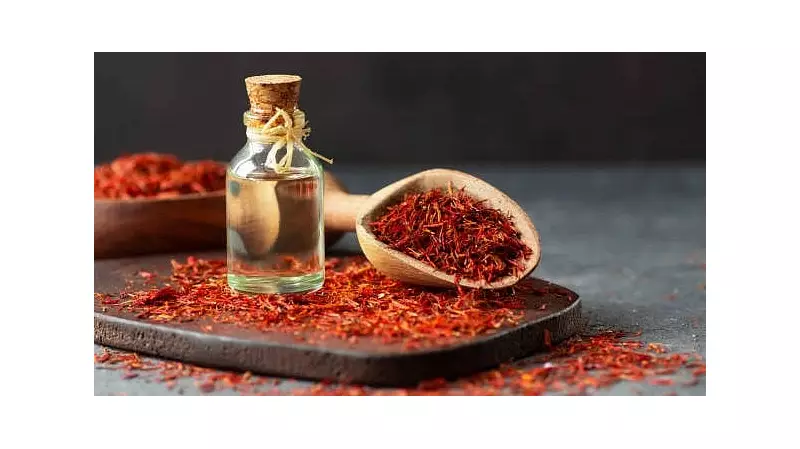
The iconic saffron fields of Kashmir, renowned for producing the world's most precious spice, are facing an unprecedented crisis as relentless heatwaves scorch the delicate purple blossoms. Farmers in the Pampore region, often called Kashmir's saffron bowl, are witnessing their golden hopes turn to dust amid rising temperatures.
Climate Change Strikes Kashmir's Pride
This year's unusually high temperatures during the critical flowering season have caused massive damage to the saffron crop. The delicate crocus flowers, which require specific temperature conditions to bloom, have either withered prematurely or failed to develop properly. Traditional farming knowledge, passed down through generations, appears increasingly inadequate against the changing climate patterns.
Economic Devastation for Saffron Growers
Local farmers report crop losses ranging from 40% to 60%, dealing a severe blow to their livelihoods. "We've never seen anything like this before," says Abdul Majeed, a third-generation saffron farmer. "The flowers are burning in the fields before we can even harvest them." The economic impact extends beyond individual farmers to affect the entire regional economy dependent on saffron cultivation.
The Science Behind the Damage
Agricultural experts explain that saffron crocus requires cool temperatures and specific moisture levels during its flowering period in October-November. The unseasonal heatwaves have disrupted this delicate balance, causing:
- Reduced flower production
- Poor stigma development
- Lower quality of harvested saffron
- Decreased potency of the spice
A Heritage Under Threat
Kashmiri saffron, known for its deep red color and strong aroma, has been cultivated in the region for over 2,500 years. It received Geographical Indication (GI) tag in 2020, recognizing its unique qualities. However, climate change now poses an existential threat to this cultural and agricultural heritage.
Searching for Solutions
Farmers and agricultural scientists are exploring adaptation strategies, including:
- Improved irrigation techniques
- Shade net cultivation
- Developing heat-resistant varieties
- Better water conservation methods
The current crisis highlights the urgent need for climate-resilient farming practices to protect not just Kashmir's saffron, but the future of agricultural traditions across India facing similar climate challenges.





